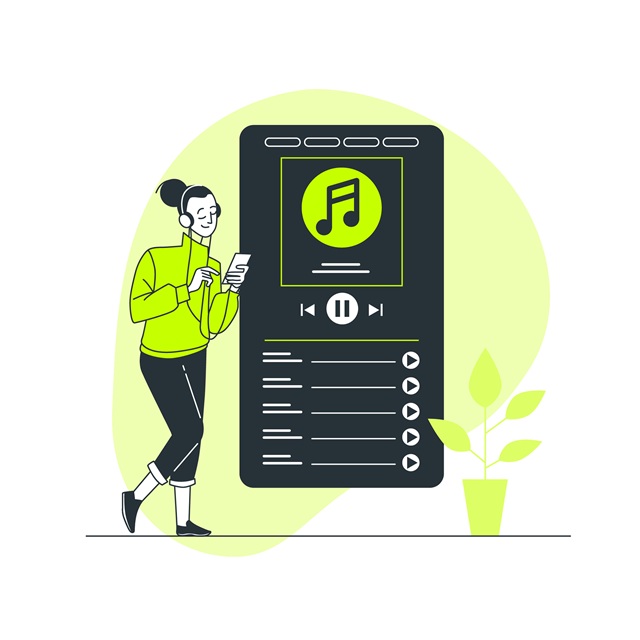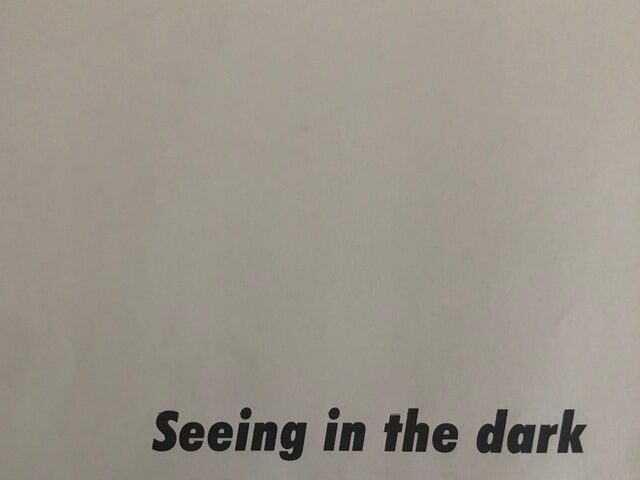Playlists are your music story, reflecting your listening habits and favorite artists. You spend time curating them, but they’re fragile—streaming platforms like Spotify and Apple Music store playlists in the cloud that are tied to your account. A single issue—like a glitch, ban, or subscription lapse—can erase them. In 2024, with 626 million users, Spotify reported that 0.1% of accounts faced playlist data loss due to system errors. Transfer playlist tools help, but they miss 20% of started tracks on average.
The risk comes from how companies operate. Platforms prioritize growth and features over data security. When you create a playlist, it’s on their servers, not your device. If a platform shuts down, like Google Play Music did in 2020, affecting 50 million users, your playlists may not transfer fully. AI-driven tools, like Spotify’s recommended tracks, rely on data that can vanish if access is lost. Curators invest hours, but your music is vulnerable without knowing platform policies or consent to their terms. Protecting your curation requires proactive steps and smart tools.

Why Playlists Are So Easy to Lose
Playlists live on platform servers, not people’s phones. A server crash or account issue can block access. In 2023, Apple Music users reported 0.2% of playlists disappearing due to syncing errors. Consent to platform terms often limits their liability for data loss, leaving users to rebuild curation from scratch.
Streaming Platforms and Their Role in Playlist Risks
Streaming platforms enable millions to enjoy music, but their systems falter. Spotify’s 2024 outage locked 40,000 users out of playlists for hours. Companies focus on new features, not data protection. Metrics show 1% of users lose playlists yearly due to glitches, threatening your carefully curated tracks.
Account Bans and Suspensions
Accounts face bans for payment issues or suspected fraud. Spotify suspended 1.2 million accounts in 2023, with 0.5% permanently losing their playlists. If you can’t log in, your curation is gone. Customer support rarely restores data, making account security fundamental to protecting your music.
Platform Shutdowns and Mergers
Platform closures kill playlists. Google Play Music’s 2020 shutdown forced users to transfer playlists, but 30% lost tracks—smaller platforms like Tidal risk a similar fate. In 2024, 0.3% of users lost playlists during platform mergers, showing how companies’ decisions impact your curation.
Playlist Transfer Tools
Tools like Soundiiz and TuneMyMusic let you move playlists between platforms. They’re popular—1.5 million users tried them in 2024—but only 80% of tracks transfer due to licensing. Metadata, like playlist notes, is lost 30% of the time, weakening your curation’s integrity.
AI-Driven Playlists: Convenient but Temporary
AI features, like Spotify’s Discover Weekly, curate playlists based on your listening habits. They’re enjoyed by 70% of users but reset weekly and can’t be saved long-term. In 2023, 15% of users noted irrelevant AI recommendations, disrupting their vibe and showing AI’s limits in curation.
Licensing Issues Breaking Your Playlists
Artists and labels can remove tracks from platforms. In 2024, 500,000 tracks vanished from Spotify due to licensing disputes, affecting 2% of playlists. You log in, and your favorite song is gone, breaking your curation. Platforms provide no warnings, leaving users to check playlists manually.
User Habits That Put Playlists at Risk
Your habits increase risks. Sharing account logins or skipping backups is common—25% of users never export playlists, per a 2023 survey. Another 10% share passwords, raising hack risks. These choices make your curation vulnerable, as one ban or hack can lock you out.
No Backups, No Safety
Backups are rare. Spotify allows playlist exports to text files, but only 5% of users do this monthly. Without backups, a glitch can erase years of curation. In 2024, users with backups recovered 90% of their playlists, proving that backups are a must.
How to Keep Your Playlists Safe
Protect your music with simple steps. Export playlists regularly, use multiple platforms, and save local tracks. Check account security weekly and use transfer tools proactively. A 2024 study showed 95% of users with backups avoided total playlist data loss, proving that preparation works.
The Emotional Toll of Losing Your Music
Playlists are more than data—they’re memories. A 2023 poll found 60% of users felt “devastated” losing playlists tied to life events. Your road trip or breakup playlist carries a story, and losing it hurts. Protecting curation preserves these emotional connections.

Practical Ways to Protect Your Playlists
- Export Playlists Monthly: Save to text or spreadsheets for easy recovery.
- Use Transfer Tools Early: Move playlists to backup platforms before issues hit.
- Buy Key Tracks: Purchase songs from Bandcamp for offline access.
- Secure Accounts: Update passwords and monitor for suspicious activity.
- Spread Across Platforms: Store playlists on Spotify, Apple Music, and others.
Playlist Protection Tools Comparison
| Tool | Success Rate | Cost/Month | Tracks Transferred | Metadata Preserved |
| Soundiiz | 82% | $4.99 | 500–10,000 | 70% |
| TuneMyMusic | 78% | $2.00 | 200–5,000 | 65% |
| FreeYourMusic | 80% | $3.50 | 300–7,000 | 68% |
Final Words
Playlist pages are fragile and at risk from platform glitches, bans, or shutdowns. Safeguard your music with backups, transfer tools, and secure habits. Don’t lose your present curated story—take control, check accounts, and protect your tunes to enjoy them for years.
FAQs
Why do playlists vanish from platforms?
Server glitches, bans, trend shutdowns, and similar approaches wipe out playlists. In 2024, 2% of Spotify users lost playlists to syncing errors. Export monthly and use multiple platforms to protect your curation and keep your music safe.
Can lost playlists be recovered?
Recovery is tough. Spotify restored 10% of lost playlists in 2023, but most require backups. Use tools like Soundiiz to transfer playlists with your peers and team and export regularly to avoid losing your curation to glitches or bans.





